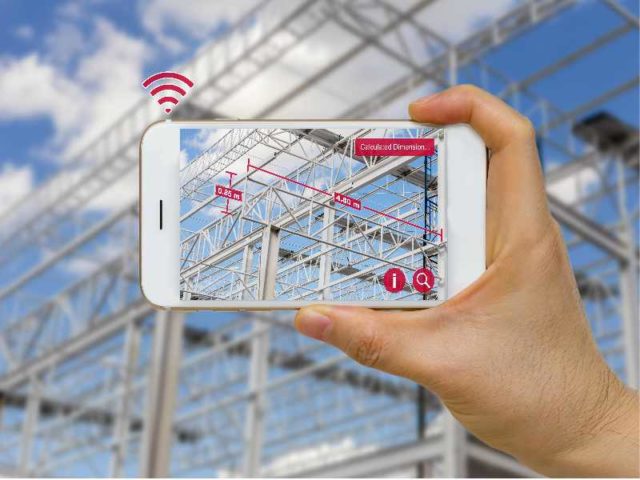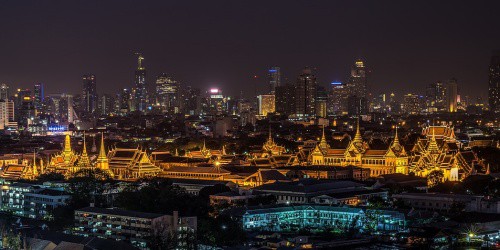- Energy Policy
–
- Vietnam
NDO – A report on Vietnam energy prospects was announced by the Ministry of Industry and Trade (MOIT) in collaboration with the Danish Ministry of Energy, Utilities and Climate, providing an overview of Vietnam’s opportunities and challenges faced in developing sustainable energy.
The announcement of the Vietnam Energy Outlook Report 2019 was hosted in Hanoi on November 4 by the two ministries and the Embassy of Denmark in Vietnam.
At the event, Jakob Stenby Lundsager, Long Term Advisor to MOIT for the Danish Energy Partnership Programme in Vietnam, said that Vietnam had imported pure coal since 2015, and the trend is increasing. From 2020 to 2030, fuel imports will increase by 3, and by 2050, it will be 8 times higher than at present. This shows that three-fourths of Vietnam’s energy consumption is from imported energy.
Therefore, Jakob Stenby Lundsager proposed, Vietnam will soon study the reduction of future coal demand and take early action in coal power consumption. Promoting the development of renewable energy, energy-saving, and developing thermal gas power may contribute to reversing the current coal consumption trend.
According to Morten Baek, Permanent Secretary, Danish Ministry of Energy, Utilities and Climate, the report showed that Vietnam is still using electricity entirely dependent on natural resources that are not renewable, easily polluting the environment, and is dependent on the supply of coal and hydropower.
In order to achieve the goal of promoting renewable energy development, the Danish side also has policy recommendations for Vietnam, such as reverse the trend of high coal consumption, increase energy-efficient facilities, and support large-scale energy-saving investment projects.











